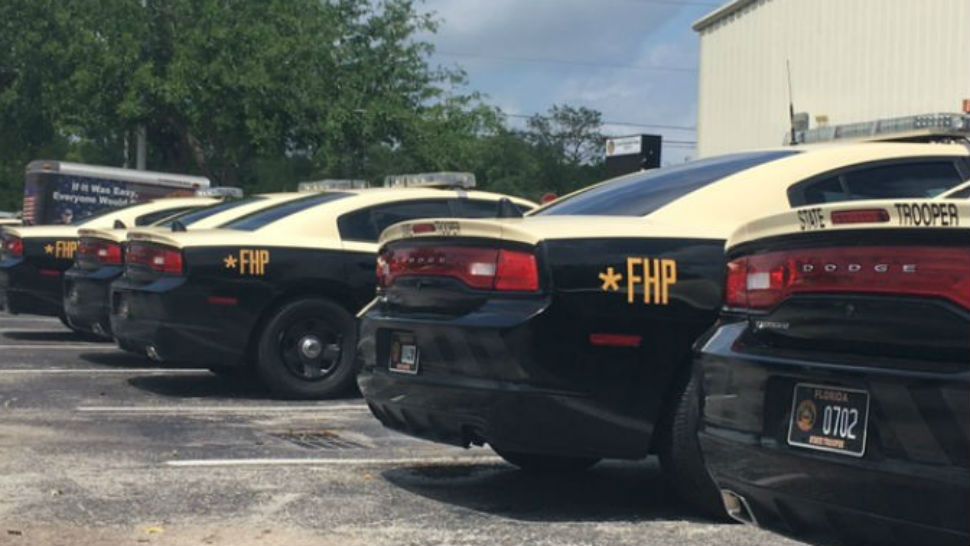ORLANDO, Fla. – Crossing the street in Central Florida can be dangerous. Two people died while doing so on Sunday morning.
- Is pedestrian safety improving in Central Florida
- FHP investigated 47 pedestrian deaths last year
- Ways to improve the problem: education, enforcement, engineering
So are we making strides when it comes to improving pedestrian safety?
“Clearly we still have that problem with the number of fatalities," said Lt. Kim Montes, with Florida Highway Patrol.
Montes said that last year, FHP investigated 47 pedestrians deaths in Orange County; most pedestrians were not in crosswalks at the time of the crashes.
“The majority, under Florida law, were at fault in the crash. The first thing we can do is enforcement, law enforcement can enforce both sides," she said. “Until those people get the mentality that both belong on the roadway, it’s not one versus the other, we’re going to continue to have these problems.”
Amanda Day, with Bike/Walk Central Florida, agrees, though she doesn't want to assign blame to victims when crossing at crosswalks is not always safe.
“Drivers aren’t yielding to people in crosswalks, so why should people use crosswalks? It’s a circular argument," Day said. “It’s not an either or, it’s a we.”
Since 2012, Day's worked with Bike/Walk with the goal of making biking and walking normal activities in Central Florida.
But, after years of crosswalk crackdowns and other awareness campaigns, Day is tired of seeing the same crashes, again and again.
“It is so frustrating. I’m angry, quite frankly," she said. “These can be prevented, it’s about the person crossing the street that’s walking and the person that’s driving.”
Yet, each day pedestrians dart across busy six-to-eight-lane roadways, lingering in grassy medians. Drivers let distractions, like cell phones, take the wheel; they impatiently zip through intersections without looking to see if someone is within the white striped lines.
Changing pedestrian and driver behavior is a difficult and long process.
Take, for example, the evolution of seat belt use: After high-profile crashes in the 1950s, car manufacturers began rolling out optional seat belts. Soon, the government was mandating use and public safety campaigns revved up, eventually coinciding with a an increase in compliance.
“Now our kids have been growing up in car seats, they navigate to a seat belt, and that’s second nature for them," said Lt. Montes.
"Now, we have a 90, 95 percent compliance. That will happen here. It’s going to take time," said Day, who noted the problem can only be solved over time through a multi-pronged approach: education, enforcement and engineering.
“It’s coming back to the realization we’re not superheroes. If you cross the street on high-speed roads, without looking both ways, you have a high chance of dying. These are the growing pains of the mindset that needs to change.”



